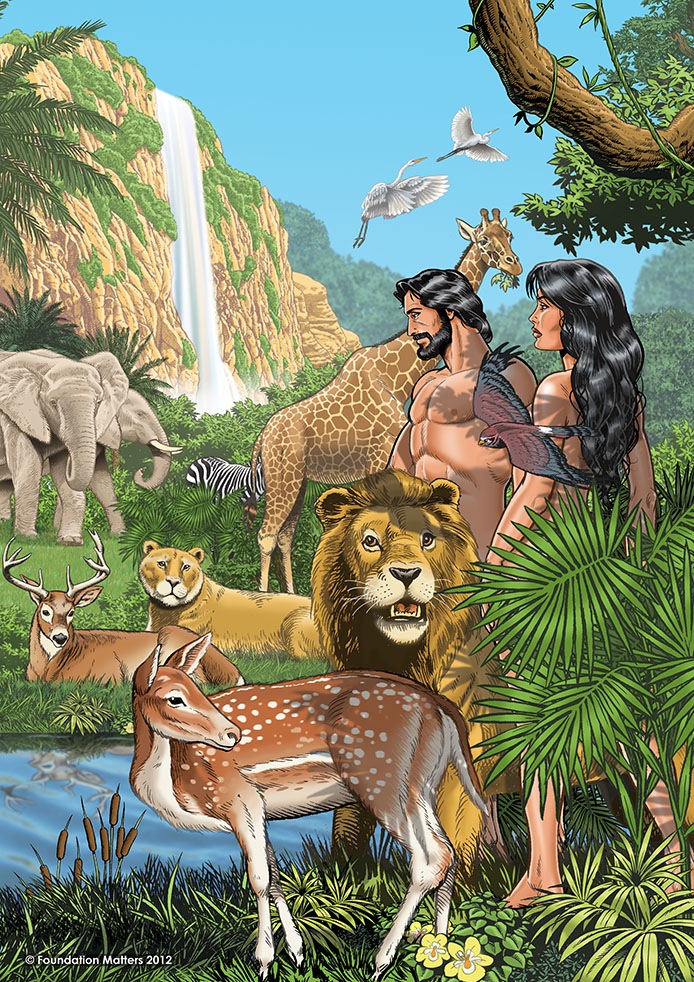(Goes with RSK Lesson 11)
God is really counting on our being convinced by the evidence of creation.
The ‘problem’ God has is that He is transcendent. Not physical. Spirit. Beyond our imaginations. We can’t see Him with our eyes. But He is more real than all we DO see with our eyes.
He is invisible. But He is not unknowable.
So how does an invisible God begin to introduce Himself, and convince and woo people who are used to processing everything with their five senses?
He starts with the true account of Creation.
God wants to convince us of that first.
Then He can build on that.
Knowing Him starts here. Faith starts here. Worship starts here.
“Exploring the scientific and historical evidence for God is not only a cognitive exercise, but it’s an act of worship for me. It’s a way of giving the Creator the credit and honor and glory that are due to him. To attribute creation to a mere natural process is a form of idolatry to which we’re all prone….All of us have a tendency to minimize God, to think and behave as if we weren’t really immersed in his creation and that we aren’t ourselves the product of his unimaginable creative power….Looking at the evidence—in nature and in Scripture—reminds me over and over again of who he is. And it reminds me of who I am too—someone in need of him.”1
So, thanks for taking time for the creation lessons. You’re in good company.
Your kids have taken the first steps toward knowing God when they say: ‘Wow, God! I am totally overwhelmed by this evidence! I can see clearly—there really is a God!’
And the first step leads to the second step: ‘I’d really like to know a God like that. That would be a good thing.’
When God hears those words, He is very pleased.
He greatly rewards those who express that simple faith and desire.
Add your kids’ names—add your name—to the list of people commended for their faith.
And keep reading!
1 Dr. Stephen C. Meyer, quoted by Lee Strobel, The Case for a Creator











